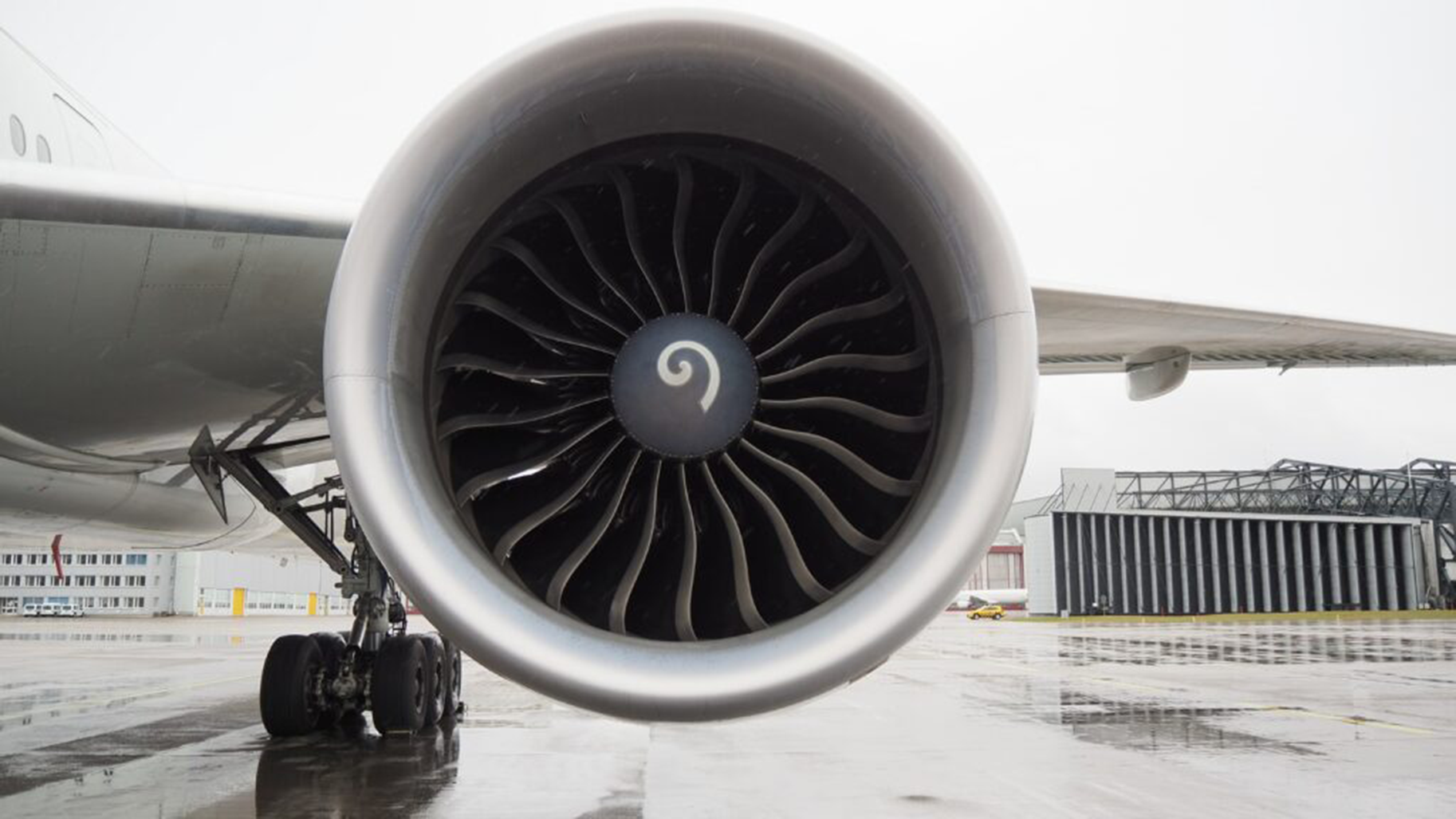The overall objective of this project-team is the development of Structural Health Monitoring (SHM) techniques by close coupling of statistics and physical modeling. Robust, efficient and autonomous SHM methods for applications to civil, electrical, mechanical and aeronautical structures are the goal.
The design, monitoring and maintenance of structures subject to noise and environmental perturbations are important research topics in engineering. On the one hand, such structures are equipped with more and more sensors for health monitoring. On the other hand, detailed physical models are developed as part of their system design. These models involve for example the dynamics of vibrations, thermodynamics, aerodynamics or other physical aspects.
Relevant monitoring solutions require system identification and damage diagnosis tools robust to environmental variations. They should also be capable to handle both complex physical models and a diversified sensor instrumentation. In particular, new sensor types and topologies require new algorithms, for example, for handling hundreds of sensors automatically during long periods of time, wired or wireless, or using new fiber optical or image-based sensing technologies. Complex and heavily instrumented structures with a diversity of sensors ask for new monitoring methods.
This implies new statistical and numerical techniques as well as improvements of the underlying physical models. On the one hand, many methods are based on mechanical principles, taking into account the underlying physics of a structure. On the other hand, system identification and change detection methods are grounded in the control community. They are related to the processing of measurement data, taking into account its underlying random nature, e.g. related to excitation and measurement noises. It is our goal to bring both communities together for the development of methods with a strong theoretical background and relevance in applications.
Contacts
Michael Doehler
Gunther Tessier
News

Optimizing Mechanical Structures to Suppress Vibration Bifurcations

